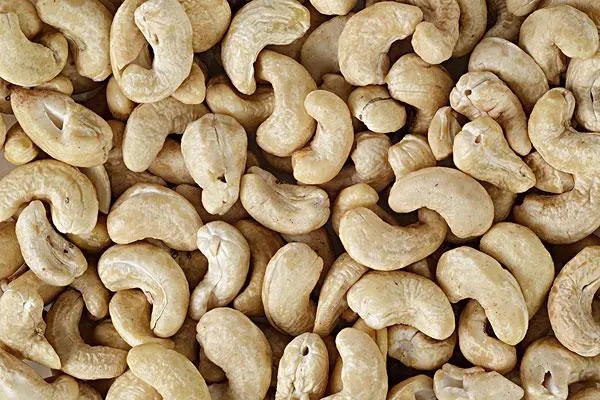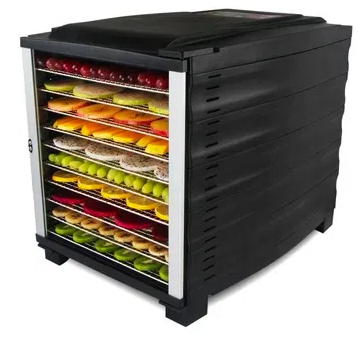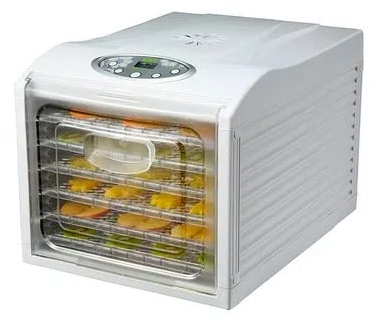
Content Menu
● Introduction
● Understanding Food Drying
● Types of Food Dryers
>> Electric Food Dehydrators
>> Solar Food Dryers
>> Microwave Food Dryers
● Choosing the Right Food Dryer
● Popular Food Dryer Brands
● Recipes and Tips for Using Food Dryers
● Maintenance and Care for Food Dryers
● Conclusion
● Frequently Asked Questions
>> 1. What types of foods can be dried?
>> 2. How long does it take to dehydrate food?
>> 3. Can I use a regular oven to dehydrate food?
>> 4. Is dehydrated food healthy?
>> 5. How should I store dehydrated food?
Introduction
Food preservation has been a crucial aspect of human survival and culinary practices for centuries. Among various methods, food drying stands out for its simplicity and effectiveness. Food dryers, particularly electric dehydrators, have revolutionized the way we preserve food, making it easier and more efficient. This article explores the significance of food dryers, the different types available, and how they contribute to sustainable food practices.

Understanding Food Drying
Food drying is the process of removing moisture from food to inhibit the growth of microorganisms and enzymes that cause spoilage. This method not only extends the shelf life of food but also concentrates flavors and nutrients. Dehydrated foods are lightweight, making them ideal for storage and transportation, especially for outdoor activities like camping.
Types of Food Dryers
Electric Food Dehydrators
Electric food dehydrators are the most common type used in households. They utilize a fan and low heat to circulate air around the food, gradually removing moisture. These devices come with adjustable temperature settings, allowing users to dry a variety of foods effectively. The main advantage is their ability to maintain consistent temperatures, which is crucial for successful dehydration.
Solar Food Dryers
Solar food dryers harness the sun's energy to dry food. They are eco-friendly and cost-effective, making them an excellent choice for those living in sunny climates. However, their effectiveness depends on weather conditions, and they require more time compared to electric dehydrators.
Microwave Food Dryers
Microwave food dryers offer a quick solution for dehydrating small batches of food. They work by using microwave radiation to heat the food, causing moisture to evaporate rapidly. While this method is fast, it may not produce the same quality of dried food as traditional methods.
Choosing the Right Food Dryer
When selecting a food dryer, consider factors such as capacity, temperature control, and energy efficiency. Larger models are suitable for families or those who plan to dehydrate in bulk, while compact models are ideal for individuals or small households. Look for features like adjustable trays and timers to enhance usability.

Popular Food Dryer Brands
Several brands dominate the food dryer market, each offering unique features. Brands like Excalibur and Nesco are known for their high-quality dehydrators that provide even drying and user-friendly designs. Researching and comparing these brands can help consumers make informed decisions.
Recipes and Tips for Using Food Dryers
Dehydrating food can be a fun and rewarding process. Here are a few simple recipes to get started:
1. Dried Apples: Slice apples thinly, sprinkle with cinnamon, and dehydrate at 135°F for 6-8 hours.
2. Vegetable Chips: Slice vegetables like zucchini and carrots, season lightly, and dehydrate at 125°F for 4-6 hours.
3. Beef Jerky: Marinate strips of beef in your favorite sauce, then dehydrate at 160°F for 6-8 hours.
To ensure optimal results, prepare food by washing, peeling, and slicing it uniformly. This helps achieve even drying.
Maintenance and Care for Food Dryers
Proper maintenance of food dryers is essential for longevity and performance. Clean the trays and surfaces after each use to prevent residue buildup. Regularly check the heating element and fan for any obstructions. If issues arise, consult the user manual for troubleshooting tips.
Conclusion
Food dryers play a vital role in modern food preservation, offering a sustainable way to enjoy healthy snacks and meals. By understanding the different types of food dryers and how to use them effectively, individuals can take control of their food preservation practices, reduce waste, and enjoy the benefits of dehydrated foods.

Frequently Asked Questions
1. What types of foods can be dried?
A variety of fruits, vegetables, herbs, and meats can be dried using food dryers.
2. How long does it take to dehydrate food?
Dehydration times vary based on the type of food and the dryer used, typically ranging from a few hours to over a day.
3. Can I use a regular oven to dehydrate food?
Yes, but it may not be as efficient as a dedicated food dehydrator, and temperature control can be challenging.
4. Is dehydrated food healthy?
Yes, dehydrated food retains most of its nutrients and is a healthy snack option.
5. How should I store dehydrated food?
Store in airtight containers in a cool, dark place to maintain freshness.












